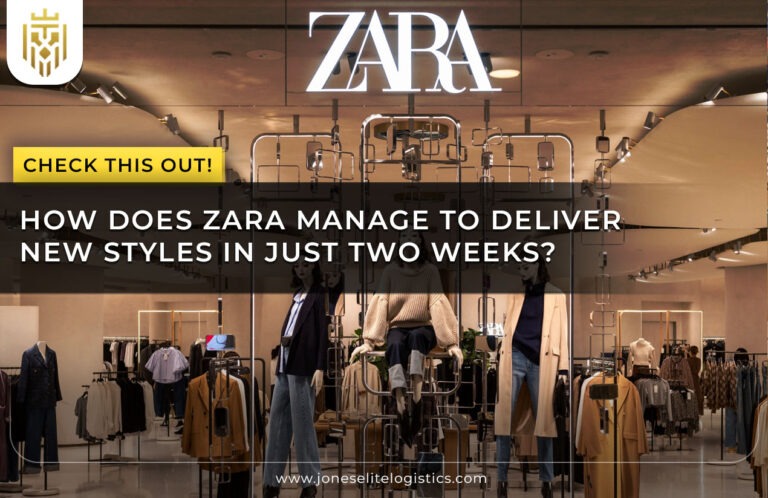What is a Fashion Supply Chain?
The fashion supply chain refers to the intricate network of operations and businesses that contribute to the creation and distribution of fashion products. It starts from raw material suppliers like cotton, wool, or silk producers and extends through to textile manufacturers, logistics providers, and retail outlets. The clothing supply chain typically functions across four key levels: primary (raw materials), secondary (apparel manufacturing), retail (sales), and auxiliary (media, trade associations), ensuring a smooth flow of materials and finished products.

What is the Importance of the Fashion Supply Chain?
In the fashion industry, having an efficient fashion supply chain is critical for brands aiming to meet production deadlines, control costs, and maintain high levels of customer satisfaction. Supply chain management in this industry leverages advanced technologies to track processes, forecast demand, and optimize operations. By ensuring products are produced and delivered on time, companies in the apparel supply chain can stay competitive and profitable in a fast-paced market.
Stages in the Fashion Supply Chain industry:
The fashion industry supply chain comprises several interlinked stages, starting from sourcing raw materials to designing, manufacturing, distributing, storing, and finally selling the products. Each step in the fashion retail supply chain is essential for ensuring a seamless flow of goods from producers to end customers.
Production of Raw materials:
The first stage of the fashion supply chain focuses on sourcing high-quality fabrics, buttons, zipper, and other essential components. Maintaining strong relationships with suppliers and ensuring sustainability are key in building a reliable clothing supply chain. These materials form the backbone of the final product, and any disruptions at this stage can impact the entire supply chain.
Planning and Design:
At this stage, designers and merchandisers collaborate to select materials, determine product dimensions, and ensure that designs align with production capabilities. Proper planning is crucial for smooth apparel supply chain operations, as it helps streamline the manufacturing process while meeting market demand.
Manufacturing and Distribution:
In the manufacturing phase, raw materials are converted into finished products. Efficient supply chain management ensures that production levels match consumer demand, avoiding overproduction or shortages. Distribution, an integral part of the fashion supply chain, utilizes various transportation methods to deliver products either directly to consumers or to retail locations.

Storage and Warehousing:
Once the products are manufactured, they are stored strategically in warehouses close to retail points. Proper inventory management at this stage is critical in the fashion retail supply chain to avoid stockouts or delivery delays, which could lead to dissatisfied customers or lost sales.

Sales and Delivery:
The final stage in the apparel supply chain involves fulfilling customer orders, delivering products on time, and managing returns. Effective supply chain management at this point ensures a smooth shopping experience, fostering customer loyalty and satisfaction in an increasingly competitive market.
FAQs
1) What is a fashion supply chain?
The fashion supply chain is a complex network involving raw material suppliers, textile manufacturers, logistics providers, and retail outlets. It operates across four levels: primary (raw materials), secondary (apparel manufacturing), retail (sales), and auxiliary (media, trade associations).
2) What is the Importance of the fashion supply chain?
An efficient fashion supply chain is essential for brands to meet deadlines, control costs, and enhance customer satisfaction. Leveraging advanced technologies, brands in the apparel supply chain optimize operations and stay competitive in the fast-paced market.
3) What are the stages of the fashion supply chain industry?
The fashion supply chain stages include sourcing materials, planning designs, manufacturing, and distributing products. Effective management ensures smooth transitions between stages, from raw material sourcing to retail delivery, avoiding delays and maintaining customer satisfaction.
4) What are the Benefits of the Fashion Supply Chain?
The fashion supply chain offers numerous benefits, including streamlined operations, cost reduction, and improved product quality. By optimizing each stage from raw material sourcing to retail, brands can enhance efficiency and responsiveness, ultimately boosting customer satisfaction and profitability.







